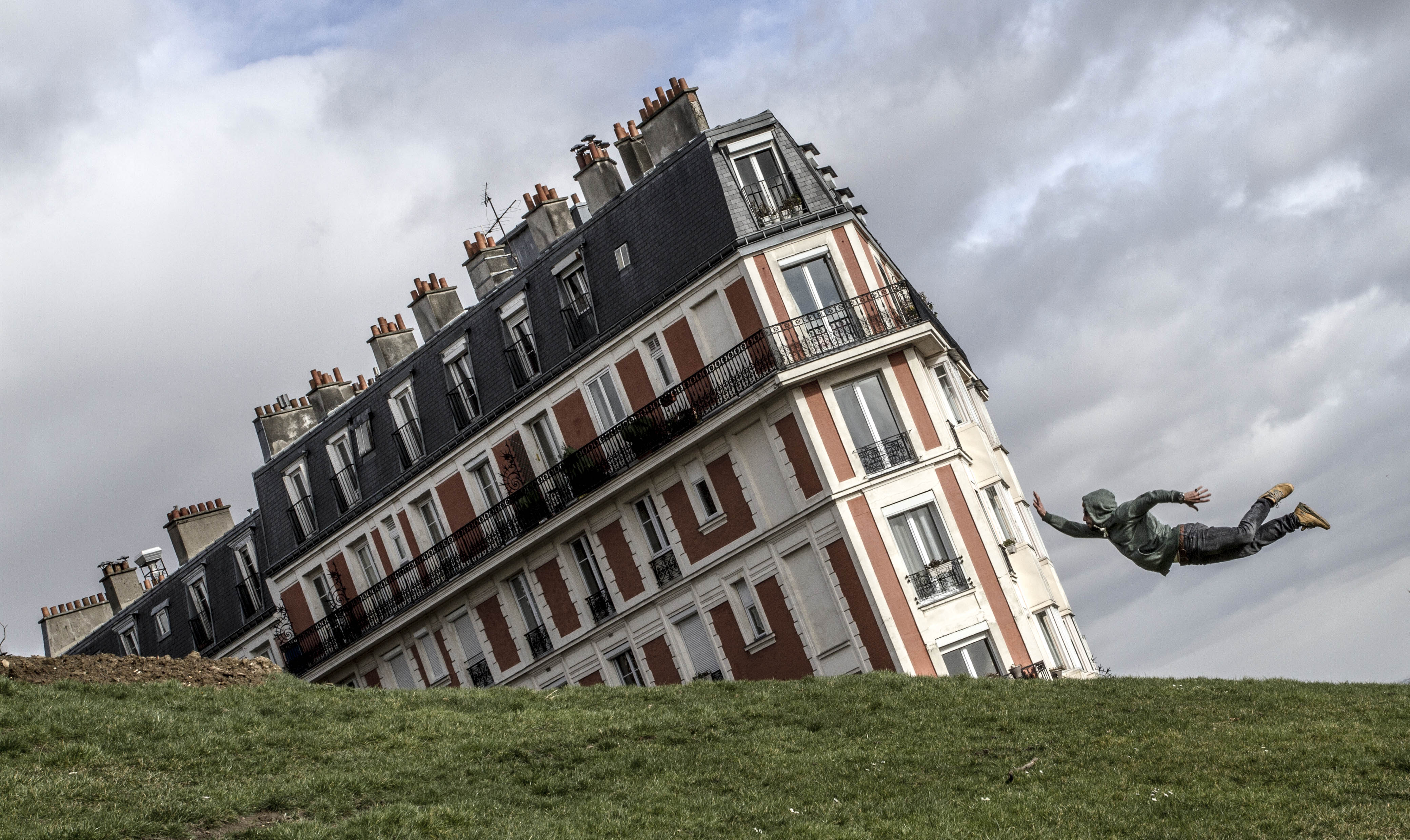Words by Stella Rousham. Performed at Lilian Baylis Studio, Sadler’s Wells 27/09/19.
Typically, dancer/musician collaborations involve a clear demarcation of expertise between the performers. Breakin’ Convention certainly breaks such tradition, with their most recent production 1 mm Au Dessus Du Sol.
The relationship between the renowned hip-hop dance artist, Yaman Okur and classical pianist, Jean-Philippe Collard-Neven, constantly evolves throughout the show. It’s playful, comic, antagonising and authoritative. The unorthodox nature of this collaboration is immediately established as Collard-Neven hangs clothes identical to Okur’s costume on the side of the piano, whilst simultaneously playing with one hand. The difficulty of such a task is not downplayed, rather embraced by the pianist, creating an atmosphere that is at once amical and humorous.
It is this endearing and self-deprecating approach, reinforced by the more informal performance space of the Lilian Baylis Studio, that invites the audience to share the wonder of the experimentation on stage, rather than feel alienated by it.
Collard-Neven and Okur alike have received international acclaim for their work, and not without reason. Both performers approach their instruments, piano and body respectively, with mastery and control, whilst maintaining a spark of excitement to new possibilities. Paired with his royal blue polo neck and fire engine red trainers, deftly chosen by scenographer and costume designer Barbara Kraft, Okur adopts a puppet-like quality as he tumbles down the piano and falls off the skatepark-style slope placed on stage.
Despite having built a reputation as a hip-hop dancer, Okur defies genre, encompassing a plethora of roles: mime artist, stunt artist, clown and acrobat. Collard-Neven, similarly, is not tethered to a style, transitioning from melancholic melodies to pop riffs and satirical ‘looney tunes’ like motifs.

Okur and Collard-Neven approach props with the same refreshingly experimental attitude as their own relationship; transforming these inanimate objects into an integral part of the collaboration. Okur strikes a perfect balance of controlling the prop and letting the prop control his movement. Mundane, domestic objects take on a life of their own as they become characters and memories. A white dress is simultaneously a family member, a symbol of adolescent awkwardness and masculinity. Plastic laundry baskets — a recurring motif in the show – evolve from being an appendage on Okur’s foot (which he comically continues to dance with) to an intimidating circle of on-lookers.
It is less engaging, however, when Okur dances around the props in an impressive but overwhelming flurry of movement. Transgressing from artistic expectations, Collard-Neven is as equally as open and experimental with the props; rhythmically drumming and sliding down the slope on stage, playing with one hand and even plucking the strings under the piano lid. The skate-board slope proves an exciting set on stage, the source of endless unpredictable manoeuvres from dancer and pianist alike.
The comedy and light-hearted tone of the movement and music are skilfully counterpointed with moments of tenderness and reflection, frustration and determination. The rather intentional and staged final sequence, although incongruous alongside the more experimental and ambiguous nature of the rest of the show, remains memorable and poignant as Okur attempts to jump to the top of the slope, whilst Collard-Neven builds to a dramatic crescendo. Living up to the title, Collard-Neven and Okur alike appear to float ‘au dessus’ the expectations of performance and collaboration.
Header image: Guillaume Rabgui.
